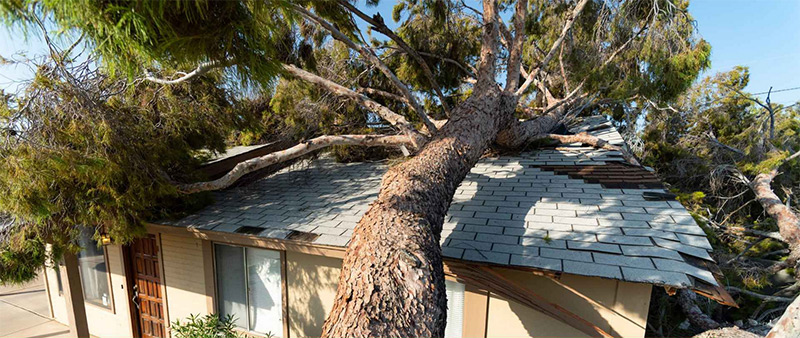Hazardous Tree Removal
Hazardous Tree Removal
Hazardous tree removal involves the safe and careful removal of a tree that is diseased, dead, or structurally defective and poses a risk to people or property. The process typically includes an arborist's assessment, securing the work area, using specialized equipment to dismantle the tree, and clearing the debris, with specialized techniques used for complex situations. In some locations, such as Florida, a permit may not be required if you have documentation from a certified arborist stating the tree is a hazard and removal is the only way to mitigate the risk.
The process of hazardous tree removal involves several key steps:
- Professional assessment: An International Society of Arboriculture (ISA) certified arborist or a Florida-licensed landscape architect will assess the tree’s health, condition, and risk to determine the best course of action.
- Site preparation: The work area will be cleared of any debris, and safety measures like cones or fencing will be set up to keep people at a safe distance. Property owners may be asked to move any items near the tree that could be damaged.
- Systematic dismantling: Using specialized equipment and techniques, professionals will carefully remove the tree in sections, starting with the branches and then the trunk.
- Stump removal: If requested, the remaining stump will be ground down or removed after the tree is down.
- Clean-up: The team will clean up all debris, chips, and sawdust from the area.

